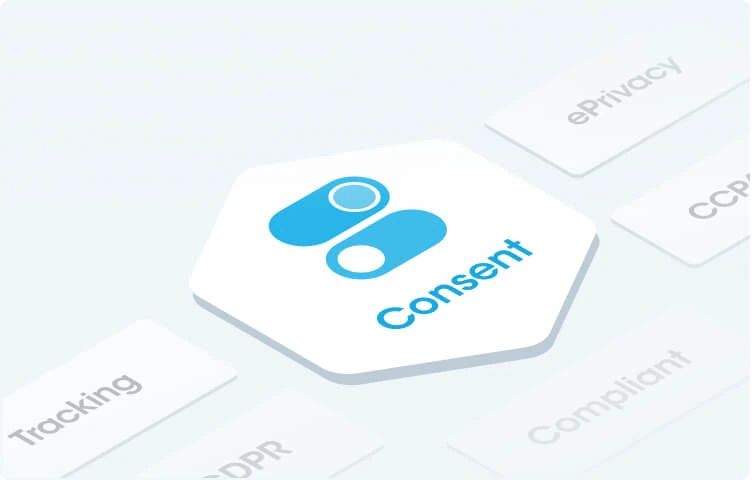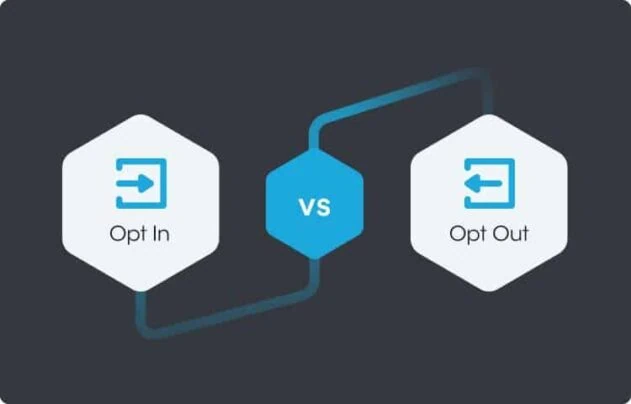5. Granularity ensures specific consent of the user:
It enables granular consent choices in the secondary user interface layer by providing separate explanations to users for each purpose of the processing of data.
6. Providing clear and comprehensive information ensures informed consent of the users:
It enables website publishers to provide clear and comprehensive information to data subjects about the processing of their data. This includes providing details on the identity of the data controller, the purpose of the processing operations, the type of data that will be collected, used or processed, the existence of data subject’s right to withdraw consent, the mechanism through which consent can be withdrawn, information about the use of the data for automated decision-making or profiling and the potential risks in relation to cross-border data transfers, among other relevant details.
7. Providing information in clear and plain language ensures informed consent of the user:
It enables website publishers to provide information to data subjects about the processing of their data in a clear, plain and understandable language. Such information will be made separate from the terms and conditions of a particular service.
8. Affirmative Action ensures unambiguous indication of users’ consent:
It enables website publishers to obtain written, recorded, and/or oral statements of data subjects, whereby a data subject consents to the processing of personal data or installation of tracking technologies.
9. Prohibition of scrolling and swiping to constitute consent ensures unambiguous indication of users’ consent:
It demands website publishers to prohibit the use of pre-ticked/pre-selected checkboxes to obtain users’ consent as well as to not constitute scrolling, swiping, any inactivity on the part of the data subject or any similar action of the data subject as data subject’s consent.
10. Maintenance of consent records ensures compliance with the legal requirements:
It enables website publishers to maintain a record of users’ consent to assist in demonstrating compliance with the legal requirements pertaining to consent.













